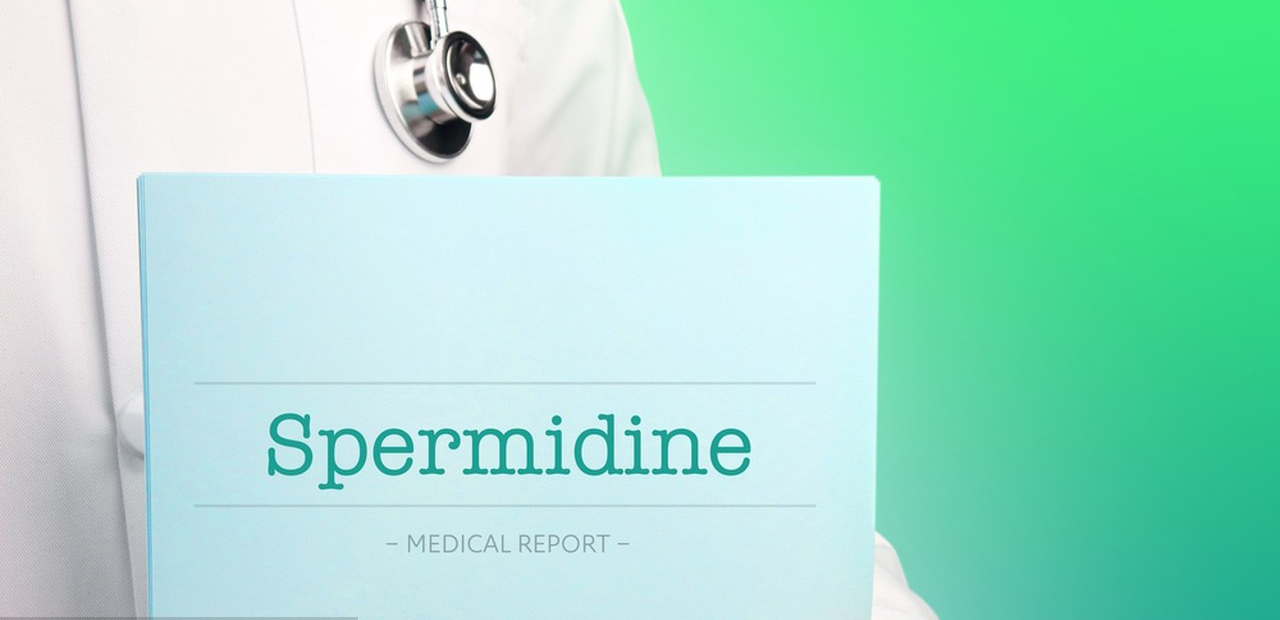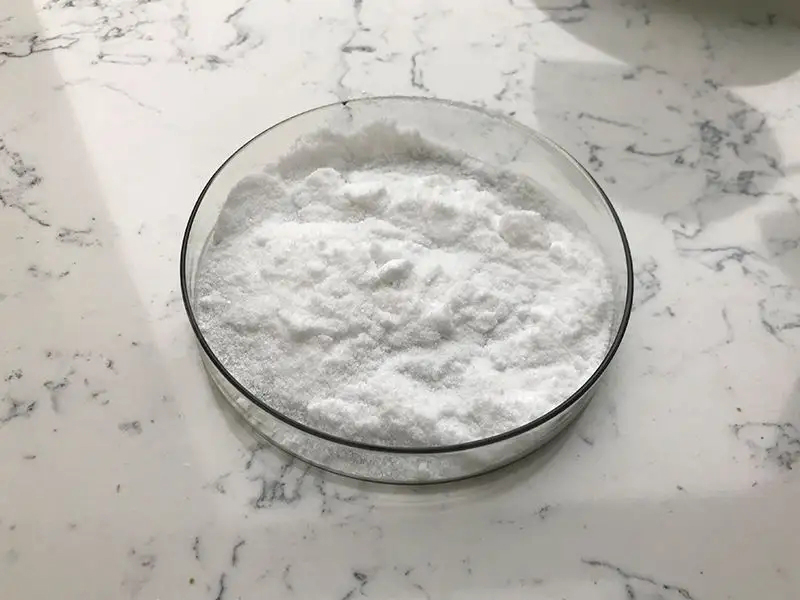Spermidine is a polyamine compound that is found in cells, including human cells. It plays a crucial role in various biological processes. Here are some key aspects of spermidine:
1.Origin:
Spermidine is a naturally occurring compound that is synthesized within cells.
It is derived from the amino acid ornithine through a series of enzymatic reactions.
2.Nature:
Spermidine belongs to the polyamine family, which also includes spermine and putrescine.
It is a positively charged molecule and is involved in stabilizing and neutralizing negatively charged molecules within cells.

3.Biological Functions:
Spermidine has diverse biological functions and is essential for cell growth and proliferation.
It is involved in the regulation of gene expression, protein synthesis, and cell cycle progression.
Spermidine has been implicated in the maintenance of chromatin structure and stability.
4.Introduction into Cells:
Cells can synthesize spermidine through enzymatic pathways.
Additionally, spermidine can be obtained from the diet, as certain foods contain this polyamine.
Dietary sources of spermidine include fruits, vegetables, and fermented foods.
5.Health Implications:
Research has suggested potential health benefits associated with spermidine.
It has been investigated for its role in promoting longevity and cellular health.
Some studies suggest that spermidine supplementation may have protective effects against age-related diseases.

6.Research Areas:
Scientists continue to explore the various roles and potential therapeutic applications of spermidine.
Research is ongoing to understand its impact on autophagy (cellular recycling process), neuroprotection, and immune system function.
It’s important to note that while spermidine shows promise in research, further studies are needed to fully understand its mechanisms and potential applications. As with any compound, moderation and balance are key, and it’s recommended to consult with healthcare professionals before considering any supplementation.
